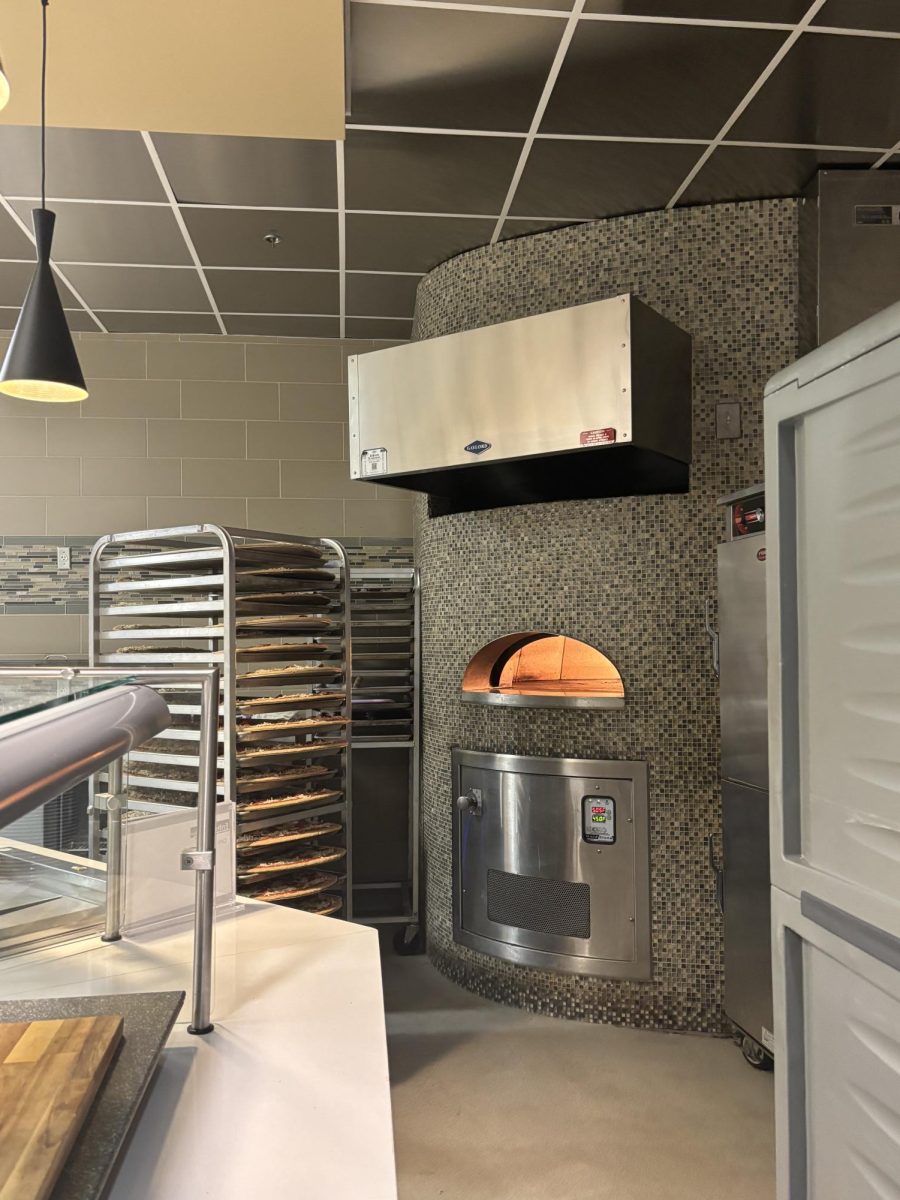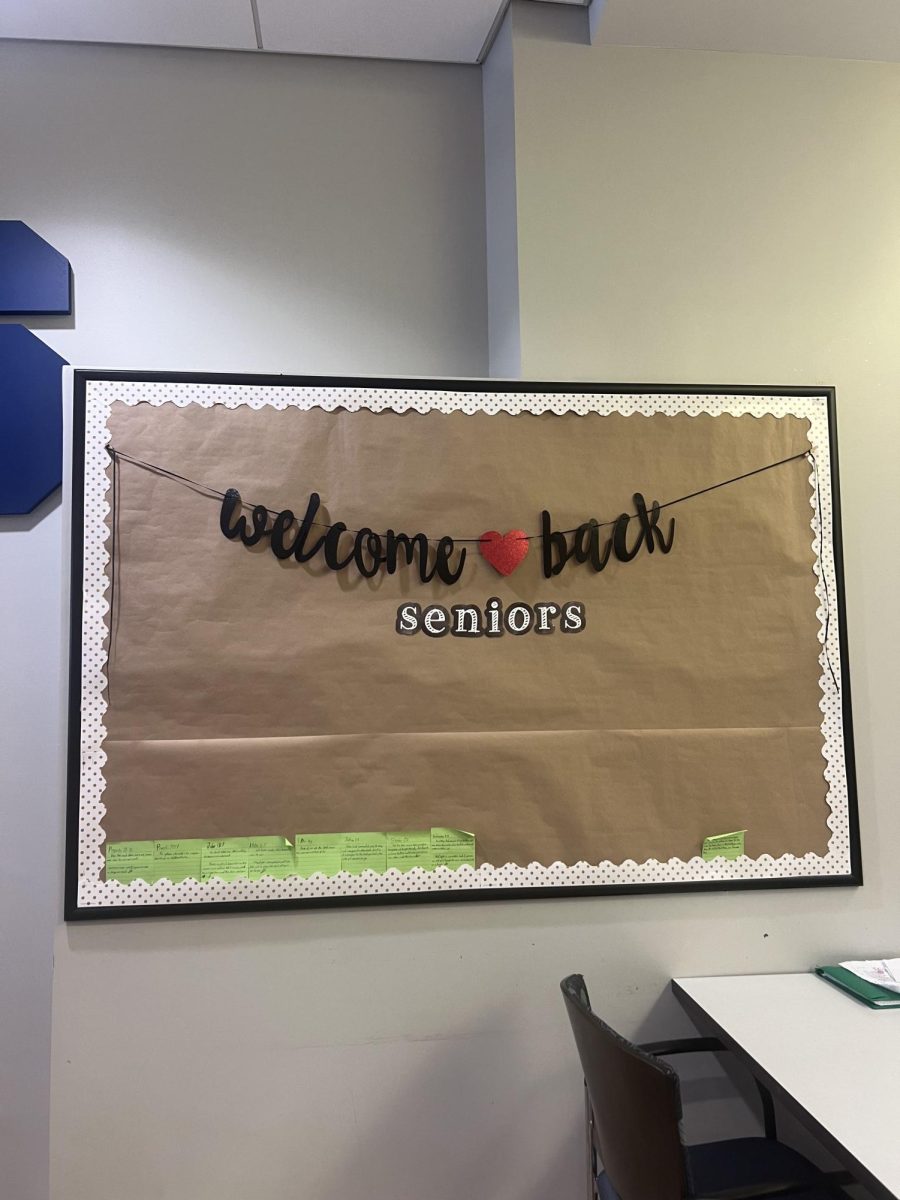As an elementary school student, I always looked forward to my favorite days of the year, field trips. I was always the kid who enjoyed school, learning and going to new places, but field trips were the happy medium between the three.
As I got older, these fun days were sacrificed to the countless assessments and homework assignments of middle and high school.
Field trips provide students with real-world experiences that help them better understand their communities. These experiences allow students to form connections between the real world and school, allowing them to apply their knowledge in different situations.
Schools are responsible for teaching students how to read, write and calculate complicated equations. They are also responsible for preparing their students to understand cultures and the community around them. The best way to ensure this is through field trips.
A field trip does not have to be an elaborate overnight trip to a major city. Instead, schools could take their students to local arts and history centers.
While I have not taken a field trip since sixth grade, I still look back on some of the experiences of these day trips.
Ironically, the last field trip I took was my most memorable.
For Mrs. Harrington’s bible class, my grade was taken to a Jewish Synagogue. We asked the rabbi questions and learned more about the Jewish culture and beliefs. This field trip taught us the value of learning about other religions.
Field trips are a great way to break up the heavy workload of a school week occasionally. Also, there is great value in allowing students to experience different cultures and learning opportunities through immersive experiences outside of the classroom.









